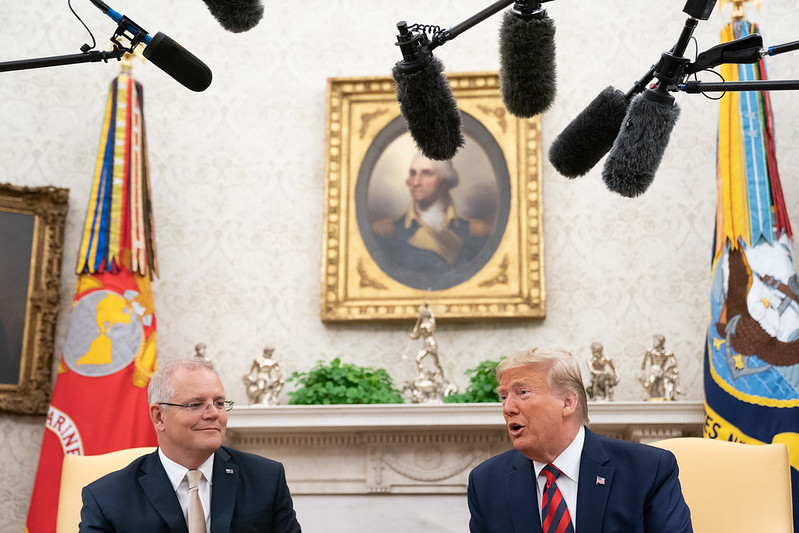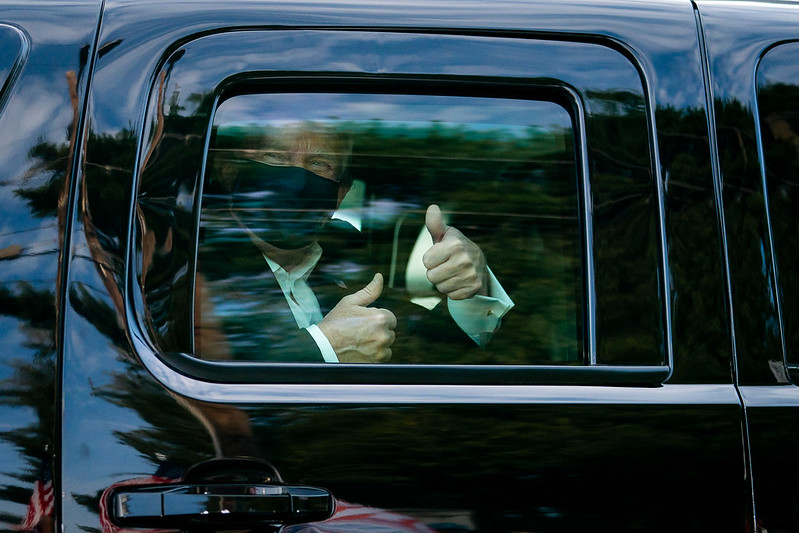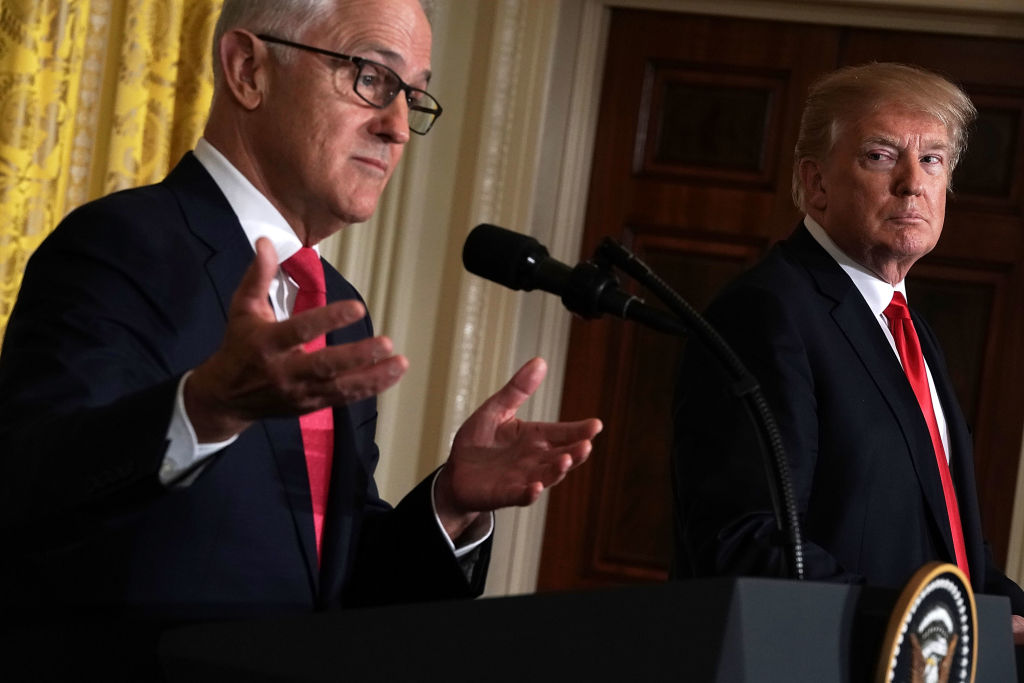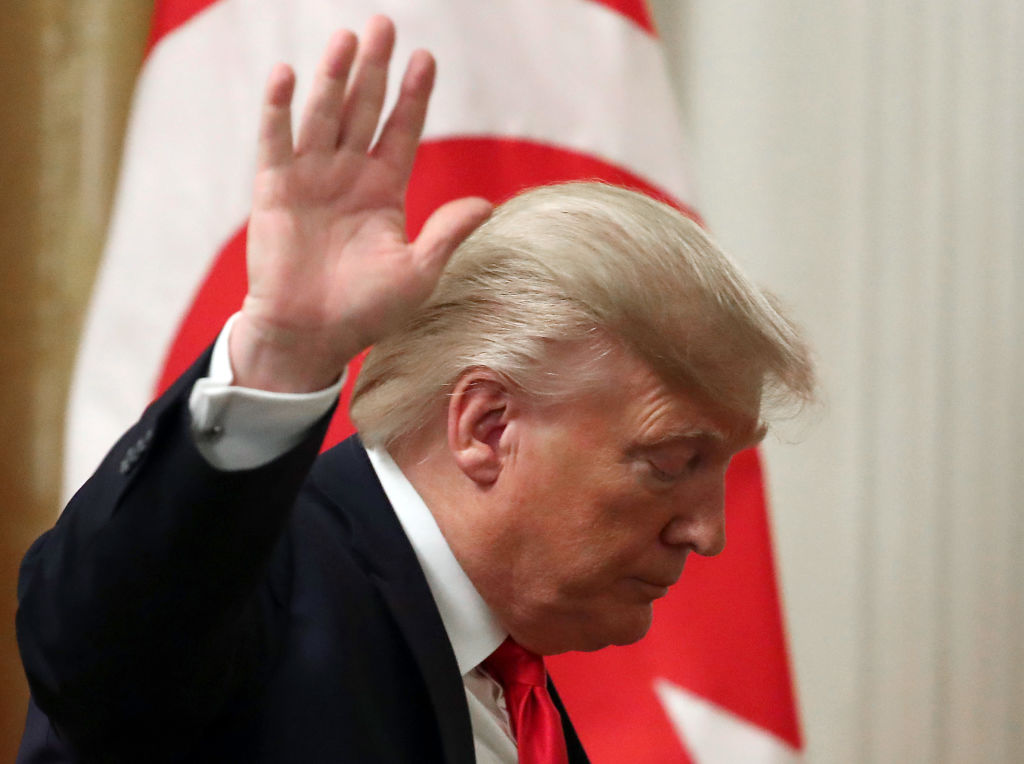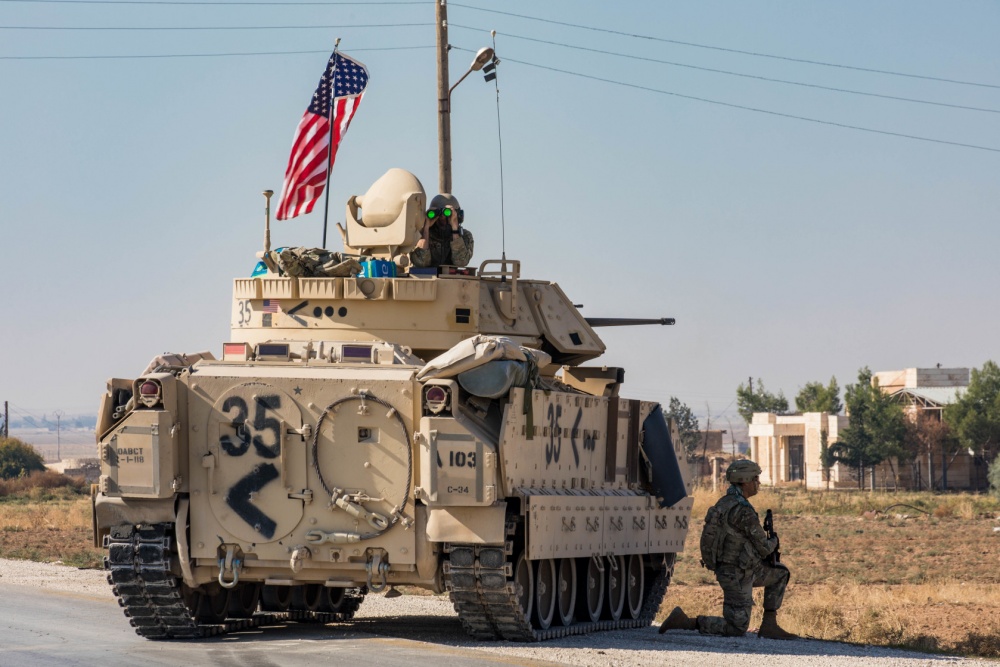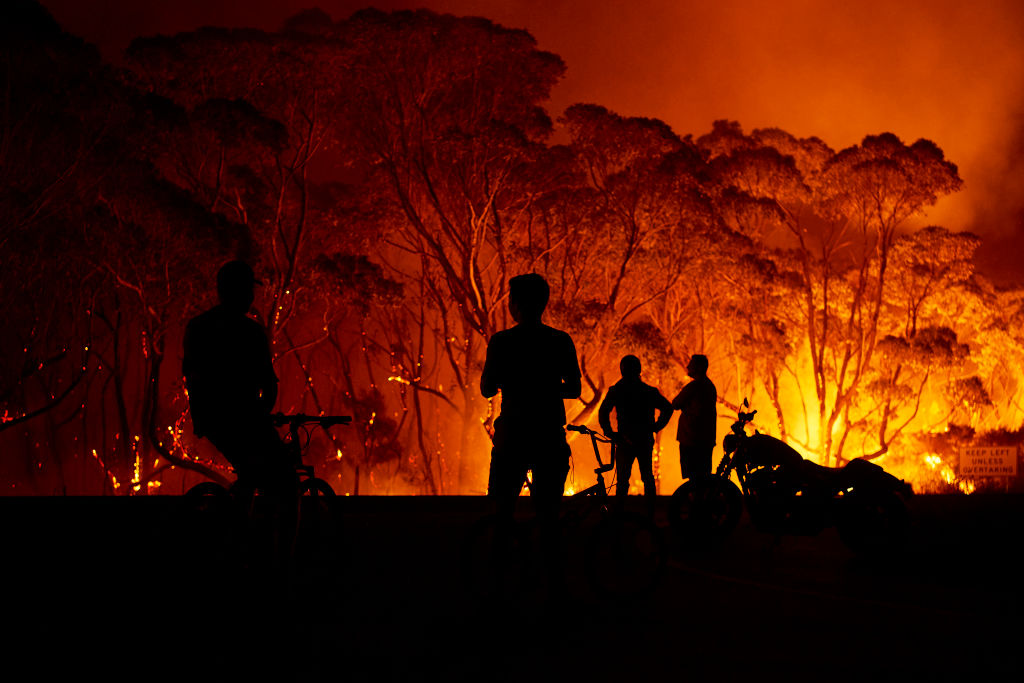Who wins the US election matters to Australia, but not as much as we think
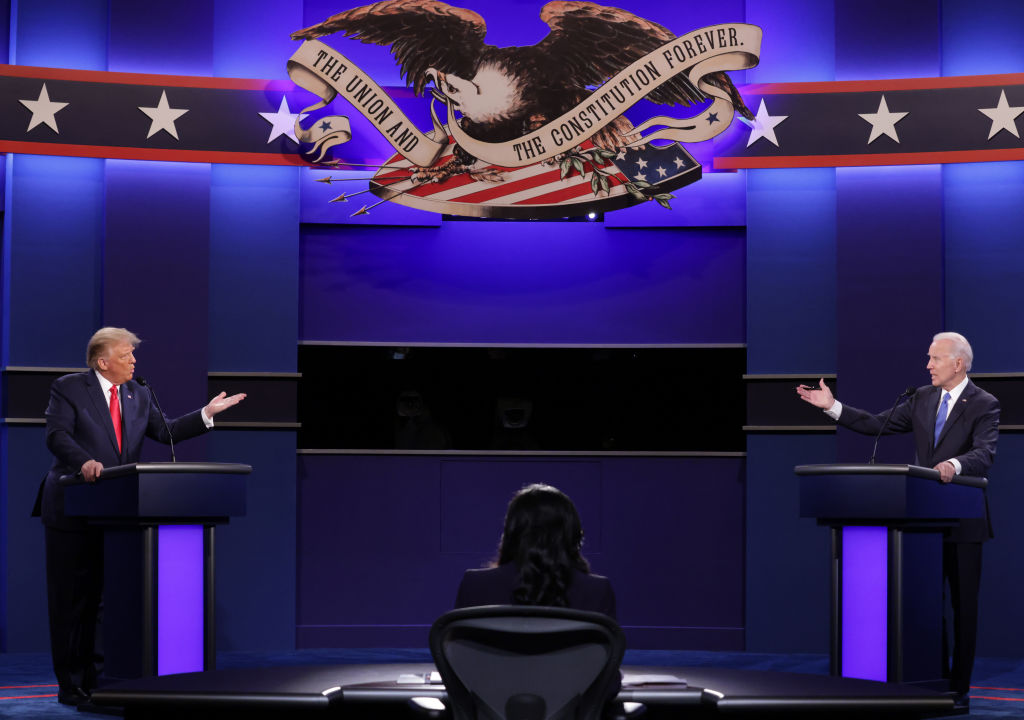
Plenty of commentary and analysis has said what’s at stake in the contest between US President Donald Trump and Democratic challenger Joe Biden. Speculation about US policy approaches to vexed issues that Australia has deep interests in has sought to outline how the US under a second-term Trump or a first-term Biden would handle things.
All worthy stuff, but there’s a certainty whatever the outcome. Australian political leaders will need to keep making hard decisions in our national interest and, by doing so, help shape global debates and directions.
That’s a daunting but also encouraging prospect. Daunting because such decisions come with pushback, pressure and criticism, though they also bring support and like-minded decisions by others. Barley, beef, wine, coal and now lobsters may tell you what this pushback looks like, even as Chinese authorities look shocked that anyone might draw a link between statements from its officials about coercing and punishing Australia and the various trade embargoes, bans and investigations that serendipitously seem to follow those threats.
It’s an encouraging prospect because we’ve seen over the past five years that Australian analysis and decisions have shaped big global debates. Think about the global decision-making on 5G technologies and providers, and how it has shifted since—and because of—the decision the Australian government made back in August 2018. Or the new frameworks and policies being debated and constructed in various countries to reduce the problem of foreign interference in policy- and decision-making, set off again through Australian leadership with the 2018 foreign interference legislation.
Add the contribution that Australia is making to debates on how to approach economic rebuilding post-Covid-19 to reduce the exposure of key supply chains to the caprices and coercion of the Chinese state. This has occurred mainly through governments and businesses seeing exactly how Beijing uses its power aggressively, for reasons wholly divorced from economics and despite the vaunted ‘mutual benefit’ such trade provides.
The obvious global lesson the Australian experience provides is the need to make China matter less as an economic partner if you don’t want to be subject to trade mines planted and detonated by the government in Beijing. If political leaders aren’t understanding this lesson, their populations are—as shown by the collapse in favourable views of the Chinese government across the developed world.
Interestingly, none of this Australian shaping of global debates or pushback from populations against Beijing has depended on US leadership in the past four years. That’s probably a good thing, because the need for independent action is likely to remain after the US election, not just if there’s a confused transfer of power and not just if Trump wins and continues with his ‘America first’ mindset. A Biden win would reverse the tendency for the US to treat allies as adversaries—or free riders (except when they are)—but a Biden presidency would also be consumed by a focus on rebuilding and healing a divided America.
Superpowers can obviously walk and chew gum, but when there’s so much domestic gum to chew, ideas and policy directions will probably need to be developed by others and marketed to Washington. That’s good news for Australia, because it’s what Australian political leaders have already been doing, with this year’s AUSMIN meeting being a fine example. One area of policy action Australia can help Washington with is the Indo-Pacific—particularly connecting trade and economic policies to strategic and military directions.
Beyond the fact of a distracted and domestically focused US, there’s the larger reason that pining for a return to US leadership is probably a mistake. The two predominant political, strategic, technological and economic challenges of our times are China and climate change—probably not in that order. And they’re connected.
On climate change, Beijing talks a good game, with promises to be carbon neutral by 2060, but in the meantime it is supporting rapid and wide construction of coal- and gas-fired power stations, prioritising dirtier domestic coal over cleaner, more efficient Australian coal. Maybe more importantly, it’s building an economy whose energy use is likely to outstrip creation of alternative energy sources and so continue a deep reliance on fossil fuels. That’s bad because of the size of China’s economy and its resulting massive contribution to the globe’s carbon emissions. So, the defining contribution China is likely to make to climate change is to accelerate it. As my old school’s motto says, ‘Actions not words.’
As to the political, strategic, technological and economic challenges posed by the Chinese state to other nations and their people, these can’t be reduced to a case of US–China competition, where the key thing is to work out whether you take sides or try to hedge and balance. China is a challenge to every other economy and political system that engages with it, because Xi Jinping’s ‘China dream’ vision is of a Sino-centred world order and economy—and we know from the experience Australia and 26 other countries have had in recent years of Beijing’s economic coercion that such a vision is far from the ‘win–win’ and ‘reform and opening up’ bromides we often hear. Xi is after much more of a master–servant relationship, with Beijing dispensing reward and punishment in the same way it does for its 1.4 billion citizens.
The US has a vital role in working with others—notably the major European powers and the EU itself, as well as Japan, India, South Korea, Vietnam, Indonesia, and its Five Eyes partners of the UK, Australia, New Zealand and Canada—but it need not be the sole orchestra leader. Telling ourselves that the China challenge is a problem for the US, and that we all must simply wait to see how we play into it, is a conceptual error that’s also fundamentally disempowering. It’s dismissive of our decision-making capacity and the impact that has globally, and it also discounts the effect that strong public understanding of the China challenge provides to national political and corporate leadership.
Whatever the outcome of the US election, we still need to advance our interests. That means we must understand that we can ensure our future is a prosperous, sovereign and secure one through the decisions we make and the partnerships we develop as a result. The incoming US administration will be fundamental to that future, as will our partners across the Indo-Pacific and in Europe.

